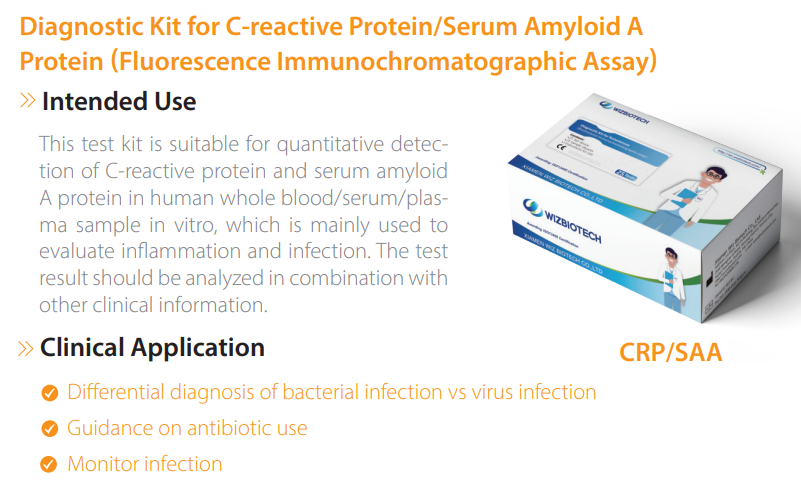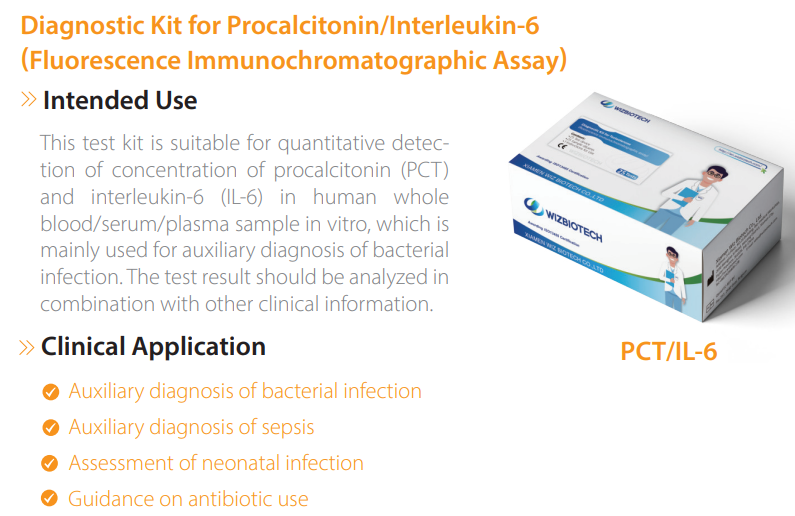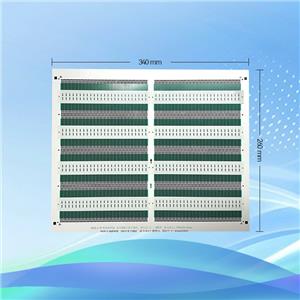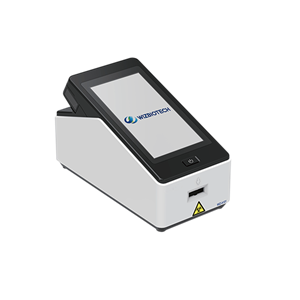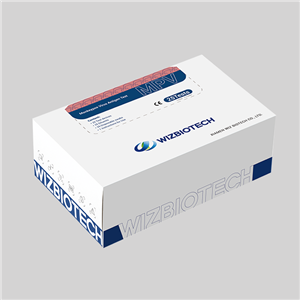Value of Combined detection of Serum Amyloid A (SAA), C-reactive protein (CRP) and Procalcitonin (PCT)
Value of Combined detection of Serum Amyloid A (SAA), C-reactive protein (CRP) and Procalcitonin (PCT) in the differential diagnosis of respiratory tract infection in Children of China.
1. About the RTIs:
Respiratory tract infections (RTIs) are one of the leading causes of death in children. Previous studies have shown that the incidence of RTIs in children of China ranges from 16.8% to 18.7%. The main pathogens that cause respiratory infections include bacteria and viruses. Because respiratory tract infection in children is often caused by different pathogens, and the lack of typical clinical signs makes the early diagnosis of the disease difficult. Identifying the pathogen type of respiratory tract infection is very important for determining the treatment plan and avoiding the overuse of antibiotics.
2. The diagnosis of pathogens:
However, the isolation and culture of respiratory infection pathogens is difficult and time-consuming. While the serological indicators are simple, rapid and valuable for diagnosis. Erythrocyte rate (ESR) and white blood cell (WBC) are commonly used traditional diagnostic indicators, but their sensitivity and specificity are low. In recent years, a number of studies have shown that serum amyloid A (SAA), C-reactive protein (CRP) and procalcitonin (PCT) have certain advantages in the diagnosis of respiratory tract infection pathogens, which can effectively identify infectious pathogens, improve the diagnosis rate, and help improve drug abuse. Therefore, this study compared the levels of SAA, CRP and PCT, and analyzed the diagnostic value of the combined detection based on these three indicators in the diagnosis of respiratory tract infection pathogens in children of China, aiming to provide new ideas for the diagnosis of respiratory tract infection pathogens in children of China.
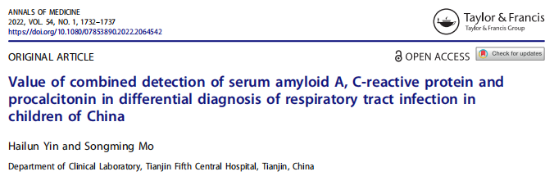
3. About the paper
This paper selected 200 children aged ≤12 years who were diagnosed with respiratory tract infection in our hospital from January 2019 to January 2021 as the study objects.
Exclusion criteria:
(1) Congenital disease, hereditary metabolic disease or severe primary disease;
(2) Receiving antibiotics, immunosuppressants and other medications 3 days before the study;
(3) Contraindications in antibiotic use;
(4) Incomplete personal information.
According to the results of throat swab culture and serum virus detection, 200 children were divided into non-bacterial infection group (100 cases) and bacterial infection group (100 cases).
The test results for bacterial and viral infection types are shown in the table below.
In the bacterial infection group, there were 45 cases of Klebsiella (45.0%) and 9 cases of streptococcus.
In the non-bacterial infection group, Influenza A virus was present in 51 (51.0%) and Adenovirus was present in 7 (7.0%).
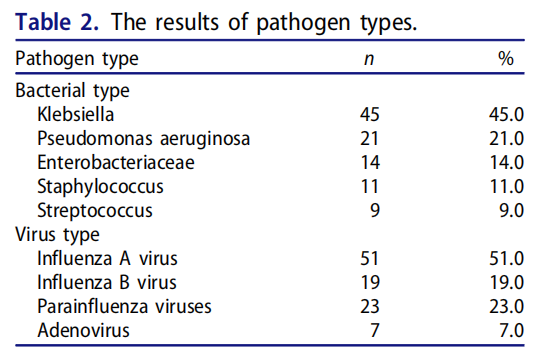
The serum levels of SAA, CRP and PCT in children with bacterial respiratory tract infection were significantly higher than those in non-bacterial infection and healthy children, and the differences were statistically significant (p<.05), the results were consistent with previous studies. After 1 week of routine antibiotic treatment, the serum levels of SAA, PCT and CRP in children with bacterial infection were significantly lower than those before treatment, and all indexes tended to be normal. There were significant differences before and after treatment (p <.05).


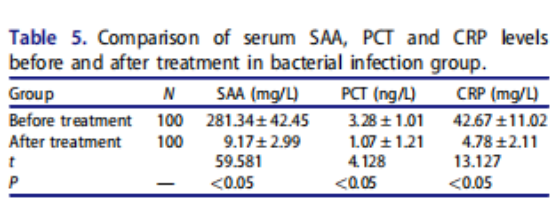
The combined detection of serum SAA, CRP and PCT has higher diagnostic efficiency, and can effectively differentiate the diagnosis of respiratory tract infection in children. The combined detection of the three indicators can effectively improve the sensitivity, improve the diagnosis rate of children, and provide reference for clinical medication of the disease. It can be used as the basis for early diagnosis of respiratory tract infection in children, and has certain clinical significance.

